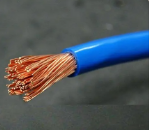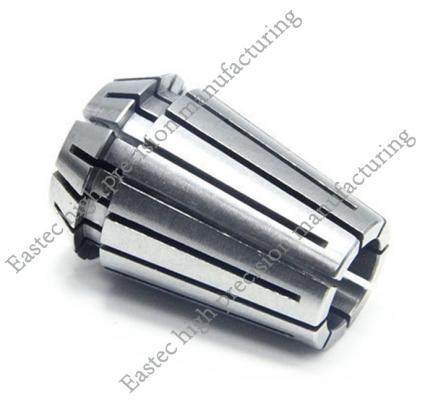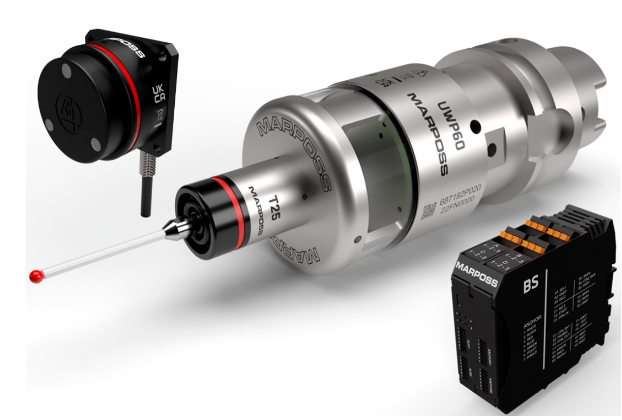I. Overview of Electric Vehicle Noise Problems
Electric vehicles have gained popularity due to their environmental - friendliness and convenience. However, the noise problem is prominent, which not only disturbs driving, impairs hearing, but also affects the environment. The sources of noise are diverse, including those from the motor, transmission, and others such as brakes, load, wind, and tire noise, making the problem more difficult to solve.
II. Analysis of the Causes of Electric Vehicle Noise
(I) Motor Noise
- Large Bearing Clearance: Long - term wear leads to an increase in bearing clearance. When the clearance exceeds the normal range, the bearing wobbles during operation, generating a “buzzing” sound that increases with the motor speed.
- Rotor Scuffing: Rotor scuffing occurs when the clearance between the rotor and the stator is too small, causing friction during rotor rotation. This may be caused by improper motor assembly, bearing damage, or rotor deformation. The noise from scuffing is relatively sharp and is accompanied by motor overheating and power reduction.
- Loose Magnets: Magnets are important components in the motor. If the magnets become loose, vibration and noise will occur during motor operation, and the loose magnets may hit other motor components, producing a “tapping” sound.
- Motor Water Ingress: Water ingress into the motor can damage its internal insulation, cause electrical failures, and also rust and corrode the mechanical components, thus generating noise.
- Commutator Problems: Issues such as an uneven commutator surface, dirt, or severe wear can affect the commutation performance of the motor, leading to unstable current and generating noise.
(II) Transmission Noise
Take an electric vehicle of a certain brand as an example. Incomplete clutch disengagement causes the gears to collide and produce a “clicking” sound during shifting. Gear wear makes the power transmission inaccurate, increasing noise. The aging and cracking of the transmission foot - pad make the vibration of the transmission directly transmitted to the frame, aggravating the noise.
(III) Other Noise
Over - tightened brakes cause friction and a “squeaking” sound. Under heavy loads, component vibrations increase. Wind noise increases with higher speeds, and tire noise is affected by factors like tire patterns and air pressure, with lower air pressure resulting in louder noise.
III. Solutions to Electric Vehicle Noise Problems
(I) Reduction of High - frequency Noise
For an electric vehicle with high - frequency noise at high speeds, the technical team used the NVH approach. They acoustically wrapped the motor and reducer, improved seals, and optimized the acoustic package. After testing, the noise was significantly reduced, enhancing the driving experience and competitiveness.
(II) Diagnosis of Chassis Abnormal Noise
For an electric vehicle with chassis noise during cornering and rapid acceleration, the Hongke Pico NVH equipment was used for data collection and analysis. The resonance - causing component was identified, and the problem was solved by replacement and adjustment.
(III) Optimization of Reducer Whining
For an electric vehicle with reducer whining during acceleration, the problem was diagnosed through order analysis. Measures such as reducing internal excitation, optimizing shaft arrangement, improving the housing, and optimizing the transmission path were taken. After testing, the whining was significantly reduced.
IV. Torque - related Technologies in Electric Vehicles
(I) Drive Shaft Torque Observation
The sensor module measures parameters such as motor speed, and the UKF observation module estimates the drive - shaft torque through simulation operations. This is used in scenarios like autonomous driving and performance testing and R & D.
(II) Application of Dynamic Torque Sensors
In the R & D, quality inspection, and control integration of BYD's 30,000 - rpm motor, dynamic torque sensors measure core parameters, assist in fault diagnosis and life prediction.
(III) Electromagnetic Torque Monitoring
The patent of Zhuzhou CRRC Times Electric provides an innovative solution for accurate electromagnetic torque monitoring. It can reduce costs, improve power output, and increase energy efficiency, conforming to market development.
V. Practical Cases of Electric Vehicle Torque Measurement
Dr. Geng Chong, the general manager of Beijing Dingyu Morningstar, shared practical experiences. In the measurement of an electric vehicle, data - based optimization for different working conditions improved the power performance.
VI. Summary and Outlook
Noise and torque issues are crucial. Solving them can improve the quality and user satisfaction of electric vehicles. In the future, noise control may see the development of more efficient sound - absorbing and active noise - canceling technologies. Torque technologies will develop towards higher precision and efficiency, expanding application scenarios and enhancing the performance and safety of electric vehicles.






 Customer service 1
Customer service 1  Customer service 2
Customer service 2